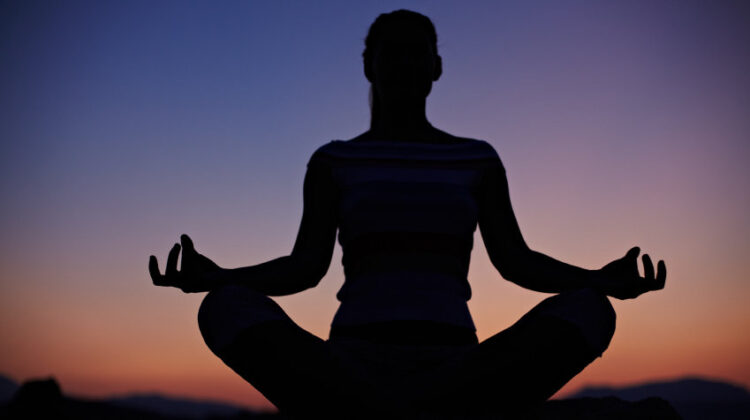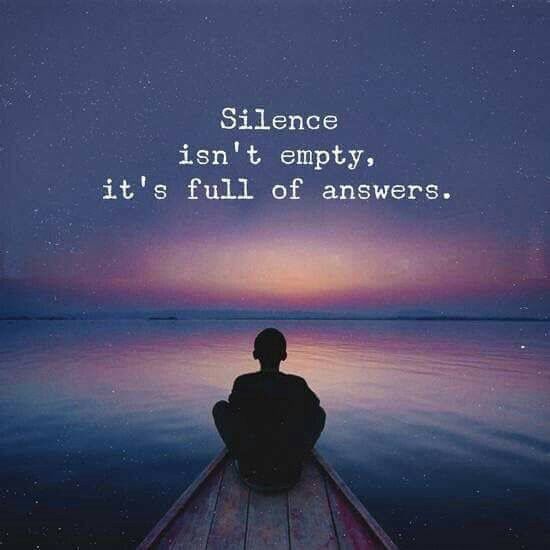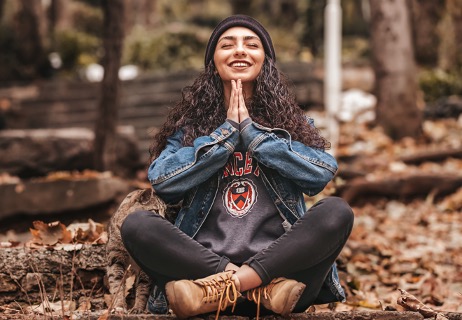Benefits, Techniques and Tips on How to Meditate
The following is my personal experience with meditation and why it is such an asset to implement in your life.
Benefits
Meditation has powerful effects on the mind, body, and soul. The benefits I have found from meditating are unparalleled to anything else I have ever experienced. Especially when you factor in the time vs. return ratio. For just 10 minutes a day, you can see tremendous improvements within yourself.
The great part is that meditation fits all shapes and sizes. Whether you are a senior, working professional, stay-at-home mom, college student, etc. – meditation can have these benefits for you:
- Clarity
- Peacefulness
- Enhanced happiness
- Calmness
- More focused afterward
- Less tired or sluggish
- Relaxation
- Less anxious
- More confidence
How Do I Meditate?
A lot of times when we want to start something new, we don’t know where to begin and that stalls our progress.
It’s like what I would say in math class: “I don’t even know what I don’t know.”
And if you don’t know where to begin, it makes it extremely difficult to start.
The good news is, in my personal opinion, there is no right or wrong way to meditate. The best way to begin meditation is to follow the 85% rule.
There are many different methods and techniques for meditation you can experiment with and see what works best for you. I will talk about 2 very common and successful meditations:
Guided and Silent.
Guided Meditation
This is extremely popular among beginners because it is like having an instructor teach you how to meditate. All you really have to do is open up a YouTube video and follow their instructions. They will literally guide you through the meditation and tell you what to focus on and when.
This is helpful since many people can get easily distracted while meditating and their minds will begin to wander. (Having your mind wander during meditation is totally fine and normal, by the way). By focusing on somebody’s voice and words, it allows your mind to stay present on the meditation instead of thinking about what tasks you have to do later.
There are some limitations and problems with guided meditation, however. For example, you might want to take short breaths at a time when they tell you to take deep breaths. If you want your meditation to have less structure and be more free-flowing, guided meditation is probably not right for you. You may even find their talking distracting; in which case you should definitely try silent meditation.
If you are interested in guided meditation, I definitely recommend Goodful on YouTube. He has a very calm and soothing voice, and his meditation videos are usually 10-15 minutes long. He also has different meditations videos for beginners, anxiety, sleep, and more. Here is a good 10-minute meditation for beginners you can try:
Silent Meditation
Silent meditation is my preferred choice of meditation because it really allows you to become one with yourself. There is no other person or noise you are listening to. It is much more free-flowing.
When I perform silent meditation, I set a timer and sit on the floor cross-legged, focusing on my breathing. You can sit or lay in any position that feels most comfortable to you, and focus on whatever pleases you. I will take deep breathes in and out for as long as feels natural. More often than I would like to admit, my mind will wander. I just go back to focusing on my breathing. One great technique is that whenever your mind wanders, or you lose focus on your breathing:
Start at one.
Start at one means to focus by counting your breath, starting with your first breath – one. You can start over at one as many times as you need. One is your safe space in a sense.
Meditation Techniques and Tips
- Start at one.
- Try to exhale more than you inhale. This has helped me a lot in releasing pent up frustration and anxiety.
- Focus on one thing whether that be your breath, a noise, or otherwise.
- Anytime you hear an outside noise or disturbance acknowledge that it happened, accept it, and then move on.
- Meditate with a friend, spouse, or family member to have an accountability partner.
- Don’t get discouraged if you miss a day. It happens.
- Focus on relaxing the parts of your body that are tense such as your jaw and shoulders.
“Whatever forms of meditation you practice, the most important point is to apply mindfulness continuously and make a sustained effort. It is unrealistic to expect results from meditation within a short period of time. What is required is continuous sustained effort.” -Dalai Lama XIV
Best,
Eric




5 Comments